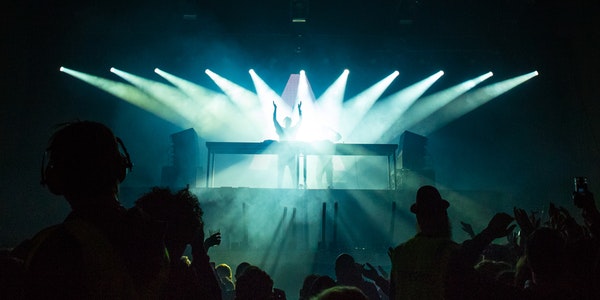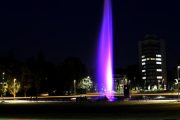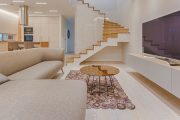Classification of lighting methods
According to the spatial distribution of the luminous flux of the lamps and the installation methods of the lamps, indoor lighting methods can be divided into five types.
1. Direct lighting
The light is emitted through the luminaire, and 90%-100% of the luminous flux reaches the assumed work surface. This lighting method is direct lighting. This lighting method has a strong contrast between light and dark, and can create interesting and vivid light and shadow effects, which can highlight the dominance of the work surface in the whole environment. However, due to the high brightness, glare should be prevented. Such as factories, general offices, etc.
2. Semi-direct lighting
The semi-direct lighting method is that the lampshade made of translucent material covers the upper part of the light source. More than 60%-90% of the light is concentrated on the working surface, and 10%-40% of the light is diffused upward by the translucent lampshade. Its light is softer. This luminaire is often used for general lighting in lower rooms. Since the diffused light can illuminate the flat ceiling, the ceiling height of the room is increased, which can produce a higher sense of space.
3. Indirect lighting
The indirect lighting method is a lighting method in which indirect light is generated by shielding the light source. Among them, 90%-100% of the luminous flux is reflected on the work surface through the ceiling or wall, and the light below 10% directly illuminates the work surface.
There are usually two processing methods. One is to install an opaque lampshade on the lower part of the bulb, and the light is reflected on the flat top or other objects as indirect light. One is to set the light bulb in the lamp trough, and the light is reflected from the flat top to the room as indirect light. 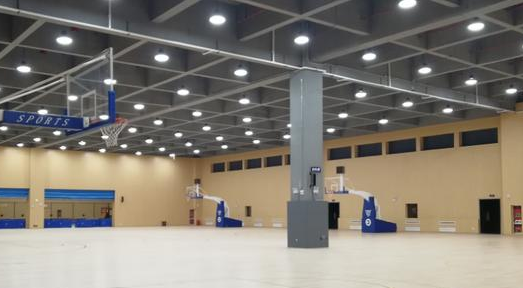
When this lighting method is used alone, pay attention to the heavy shadows on the lower part of the opaque lampshade. It is usually used in conjunction with other lighting methods to achieve special artistic effects. Shopping malls, clothing stores, conference rooms and other places are generally used as ambient lighting or to improve scene brightness.
4. Semi-indirect lighting
Semi-indirect lighting is just the opposite of semi-direct lighting. The translucent lampshade is installed at the lower part of the light source, more than 60% of the light is directed to the flat top to form an indirect light source, and 10%-40% of the light is diffused downward through the lampshade.
This method can produce a special lighting effect, which makes the lower room feel taller. It is also suitable for small spaces in houses, such as halls, aisles, clothing stores, etc. This type of lighting is usually most appropriate in a learning environment.
5. Diffuse lighting
Diffuse lighting is to use the refraction function of lamps to control glare and diffuse the light around. This kind of lighting generally has two forms, one is that the light is emitted from the upper opening of the lampshade and reflected by the flat top, the two sides are diffused from the translucent lampshade, and the lower part is diffused from the grille. The other is to use a translucent lampshade to seal all the light to produce diffusion. This type of lighting has soft light performance and visual comfort, suitable for bedrooms.
Lighting layout
There are three types of lighting layouts, namely basic lighting (ambient lighting), accent lighting and decorative lighting. Basic lighting is generally used in the office, while some lighting methods that combine the three are used in home and some clothing stores. The specific lighting method depends on the scene needs.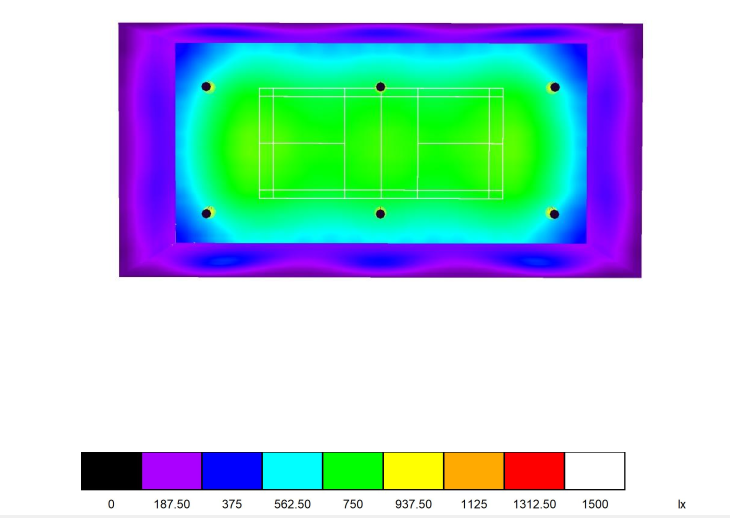
Indoor lighting utilization coefficient method to calculate the average illuminance:
When we usually do illuminance calculation, if we know the utilization coefficient “CU”, we can easily use an empirical formula to quickly calculate to find the average illuminance value of the indoor working surface we want. We usually refer to this calculation method as “using the coefficient method to find the average illuminance”, also known as the lumen coefficient method.
Calculation method of illuminance
There are two types of illuminance calculation: rough calculation and precise calculation. For example, the overall illuminance should be 100 lux (lx) like a house, and even 90 lux (lx) will not have a big impact on life.
However, if it is road lighting, the situation is different. Assuming that the road illuminance must be 20 lux (lx), if it is 18 lux (lx), it may cause frequent traffic accidents. The same goes for stores. For example, the overall optimum illuminance in a store is 500 lux (lx), and if 600 lux (lx) is used, the number and power of lighting fixtures will increase, and it will have an economic impact.
Whichever illuminance calculation is used is important. Although it is only a rough estimate, there will be a 20%-30% error. Therefore, it is recommended that in general, it is best to use professional lighting design software for accurate simulation calculation to control the error within the minimum range.
But sometimes we cannot use lighting software to simulate calculation due to special circumstances or limited site conditions, the following basic formula can be used to calculate the average illuminance of the floor, desktop and work surface, and the lamps can be estimated slightly.
Illuminance (lux) = luminous flux (lumens) / area (square meters)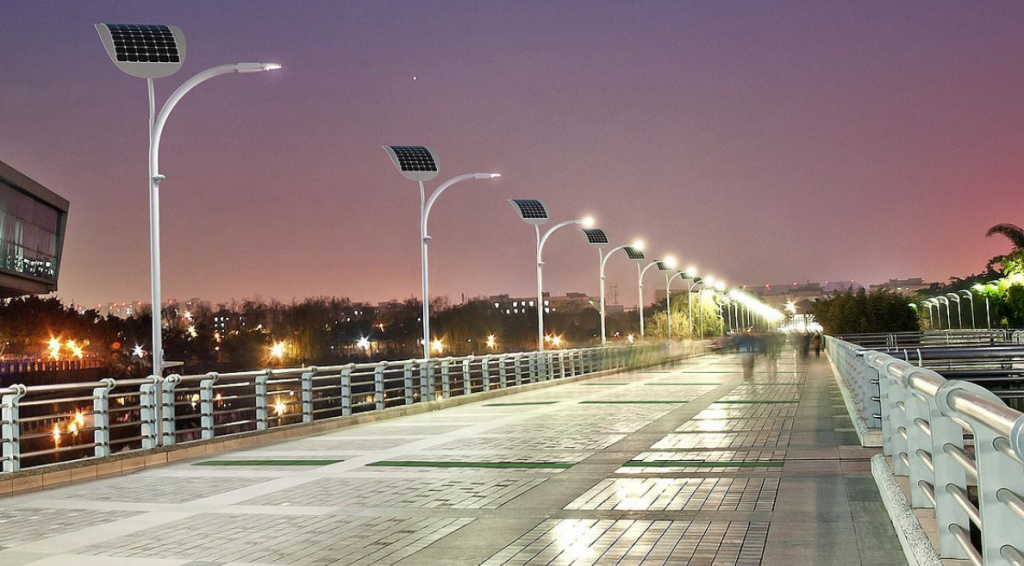
That is, the illuminance of an average 1 lux (lx) is the brightness of a luminous flux of 1 lumen (lm) irradiating an area of 1 square meter (m2). This method is often used to calculate the average illuminance of the floor of a room.
In the case of calculating the overall illuminance, the following formula can be used for calculation.
Average illuminance = luminous flux of a single lamp × number of lamps × space utilization coefficient × maintenance coefficient ÷ floor area (length × width)
Formula description:
Average illuminance (Eav) = single lamp luminous fluxΦ × number of lamps (N) × space utilization factor (CU) × maintenance factor (K) ÷ floor area (length × width)
(1). Luminous flux of a single lamp Φ
Refers to the total luminous flux value of the bare light source of the light source contained in this luminaire.
(2). Space utilization coefficient (CU)
It refers to the percentage of the light beam emitted from the lighting fixtures that reaches the floor and work surface. Therefore, the lighting rate varies with the design of the lighting fixture, the installation height, the size of the room and the reflectivity.
If the commonly used lamp panel is used in a space of about 3 meters high, its utilization coefficient CU can be between 0.6–0.75. For the aluminum cover of the hanging lamp, when the space height is 6-10 meters, the value of the utilization coefficient CU is in the range of 0.7–0.45. Downlight lamps are used in a space of about 3 meters, and the utilization coefficient CU can be 0.4–0.55. When lamps such as light strip brackets are used in a space of about 4 meters, their utilization coefficient CU can be taken as 0.3–0.5.
The above data are empirical values and can only be used for rough estimation. If you want to calculate the specific value accurately, it needs to be provided by the company in writing, and the relevant parameters are only for reference here.
(3). Maintenance factor K
K means that with the aging of the lighting fixture, the light output capacity of the fixture decreases, and with the increase of the use time of the light source, the light decay of the light source occurs. Or the coefficient multiplied by the reduction of space reflection efficiency due to the accumulation of dust in the room, resulting in the reduction of illuminance. Generally clean places, such as living rooms, bedrooms, offices, classrooms, reading rooms, hospitals, high-end brand stores, art galleries, museums, etc., the maintenance factor K is 0.8. For general stores, supermarkets, business halls, theaters, machining workshops, stations and other places, the maintenance factor K is taken as 0.7. The maintenance coefficient K of places with a larger pollution index can be about 0.6.

